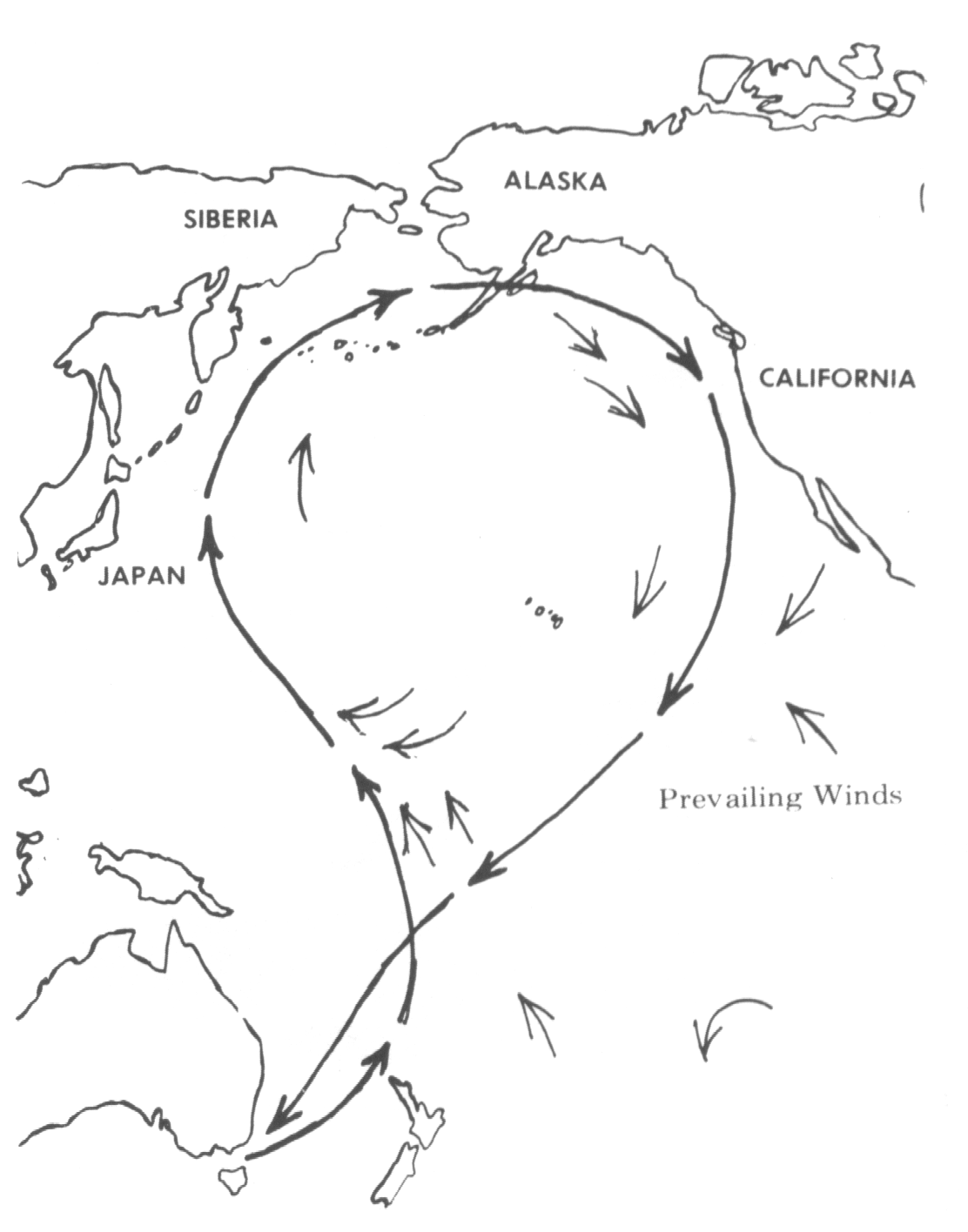Venus Bay Observation Project
Friday, September 19, 2014
Sunday, September 14, 2014
Significant Erosion Event, Particularly at Beach One
I have been looking for the effects of sea level rise, and in particular related erosion along the coast, for some time now. What I have observed was this erosion is not as simple as many sea level rise models might suggest. In particular I had not noticed so much erosion at the pathways leading down to the beach. This suggested the ocean was not advancing a fast as many fear, There was erosion, but it would be just one of the 5 “official” paths at a time that would show erosion at the base of the path. This along with other observations suggested to me that the erosion was mainly localised at any given time. This year has seen more significant events but they still seem somewhat localised.

The super moon term has caught the public’s imagination, but I strongly doubt it alone is responsible for a super tide. The moon was however a full moon and it occurred as the moon is closest to the earth, so there will be a contribution. The real culprits are combination of three additional things. Strong swells associated with a significant storm front last Tuesday (often this is referred to as a storm surge) The low air pressure associated with the storm which crossed the coast at Venus Bay just on sunset. Finally the presence of deep gutter (rip area) just south of beach one ramp (see photo below) which focused the wave action at a small semi-circular area in front of the ramp.
Sunday, January 19, 2014
Wedgies and Wide beaches
Meanwhile at Point Smythe a pair of Wedge-tailed Eagles Aquila audax were observed patrolling at a very low altitude for birds with such keen eye-sight. Their sustenance consists predominantly of carrion, but rabbits, some marsupials and other birds can feature in their diet.
These two birds are more than 5+ years old, as attested by their dark colour. Younger birds are browner, progressively turning towards black as they age. In this photo the larger sized female is below her male.
Friday, November 29, 2013
Shearwater Wreck
 The Short-tailed Shearwater [Puffinus tenuirostris ] or mutton bird, has an amazing yearly migration, leaving our shore in autumn and flying to the waters off Siberia and Alaska before return to Australia in spring. Most of those coming along the beach at Venus Bay are returning to rockeries in Phillip Island, but there is also a big colony at Port Fairy. It is not uncommon for many of the birds to die of exhaustion during the migration, which leads to the phenomenon known as a shearwater wreck, where large numbers of dead birds are washed up on the beach.
The Short-tailed Shearwater [Puffinus tenuirostris ] or mutton bird, has an amazing yearly migration, leaving our shore in autumn and flying to the waters off Siberia and Alaska before return to Australia in spring. Most of those coming along the beach at Venus Bay are returning to rockeries in Phillip Island, but there is also a big colony at Port Fairy. It is not uncommon for many of the birds to die of exhaustion during the migration, which leads to the phenomenon known as a shearwater wreck, where large numbers of dead birds are washed up on the beach. 
A CALL FOR INFORMATION
The wreck of Short-tailed Shearwaters appears particularly abundant along the Australian coast this spring. The number of dead shearwaters lining the beaches seems to be higher and more widespread across the Australian coast, but unless we collect data and do this consistently, this is only an observation. With shearwaters representing the most globally abundant avian species, it becomes important to understand just how many die each season and what this means to overall numbers.
We would like to make a start toward greater understanding and to learn more about this year’s wreck in particular. It has been suggested that changes in food availability due to the warming of the oceans is taking its toll on these migratory seabirds.
As regular beach visitors, you can play a role in helping us learn more about this issue. Over time we can learn whether mortality rates vary from year to year and if these trends are consistent, and/or linked with any particular climatic events or food availability.
When you next take a walk on a beach (albeit to look for breeding resident shorebirds!), please record: date, time, beach name, location, distance walked (ideally the latitude and longitude of your starting and finishing point), number of dead and dying shearwaters.
 Send this information in an email to: atlas@birdlife.org.au marked ‘shearwater wreck’ in the subject line.
Send this information in an email to: atlas@birdlife.org.au marked ‘shearwater wreck’ in the subject line. ….. from a email request from Grainne Maguire, Birdlife Australia
Saturday, October 26, 2013
First Feathers










